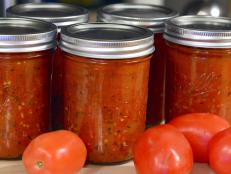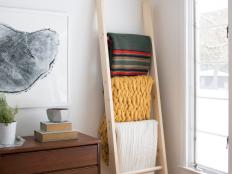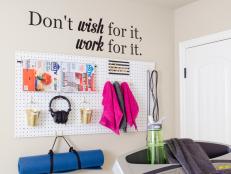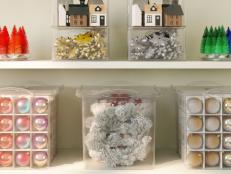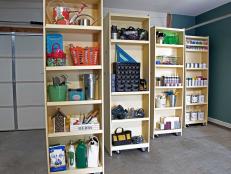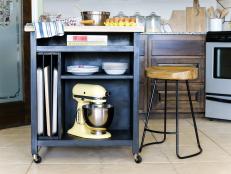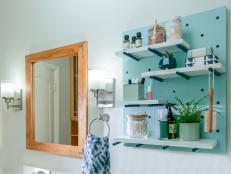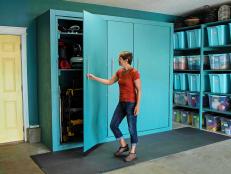How to Store Home-Canned Produce


Photo by Mick Telkamp
It was a good summer in the vegetable garden. For even the most casual homesteader, bountiful crops can pay off all year long through the magic of canning. Pickles are plentiful, jams and jellies are on hand all year long and pasta sauce from homegrown tomatoes need not be seasonal. Learning the basics of home canning is surprisingly easy and once you get started, canning the harvest may become part of the summer routine. For some of us, the cupboards are pushed to their limits as fall descends and the summer produce has all been put up for the season.
Canning is a great way to preserve the harvest, but improper storage can lead to discoloration, loss of flavor, spoilage, and can even promote the development of dangerous bacteria. If your summer canning is still stacked up on the kitchen counter, it may be time to find a permanent home for your stash. Follow these simple tips to keep your home canned produce fresh and tasty until next year’s crops are ready for harvest.
Test Seals
Before putting canned food away for shelf-storage, make sure jars are properly sealed or they will quickly spoil. After processing in a water bath, wait at least 12 hours for jars to cool completely. Once cool, press down firmly on the center of each lid with one finger. If the lid pops or buckles, the seal was unsuccessful and should be stored in the refrigerator and used as quickly as possible.
Label Jars
Label all jars with the contents and canning date before storing. Most water bath canned foods will last about a year on the shelf.
Where to Store
Find a cool, dry space with sturdy shelving to store canned food. Avoid sunlight, damp areas or spots where nearby vents, pipes or furnaces cause temperature fluctuations. Ideally, home-canned food should be stored between 50 and 70 degrees. Make sure to select a storage space that is easily accessible so the fruits of your canning labor can be enjoyed without having to struggle to get to them.
Remove Bands
It may seem counter-intuitive, but it’s best to remove bands before storing home canned food. The seal will hold the lid firmly in place, unless there’s a problem. If bacteria develops, a band will make spoilage harder to detect and may even pose a health risk by re-establishing a seal that has been broken by hazardous bacterial growth.
Sort Jars
When adding jars to the shelf, move older canned goods to the front to make sure they will be used first.
Store Upright
Food will settle to the lowest point in the jar. Not only is this visually unappealing, the pressure on the lid can weaken seals and direct contact with acidic contents can corrode the metal lid, leading to spoilage.
Do Inventory
Organize your stash a couple of time a year to keep the oldest jars in front, expired foods are removed and depleted favorites will be re-stocked when produce is back in season.






